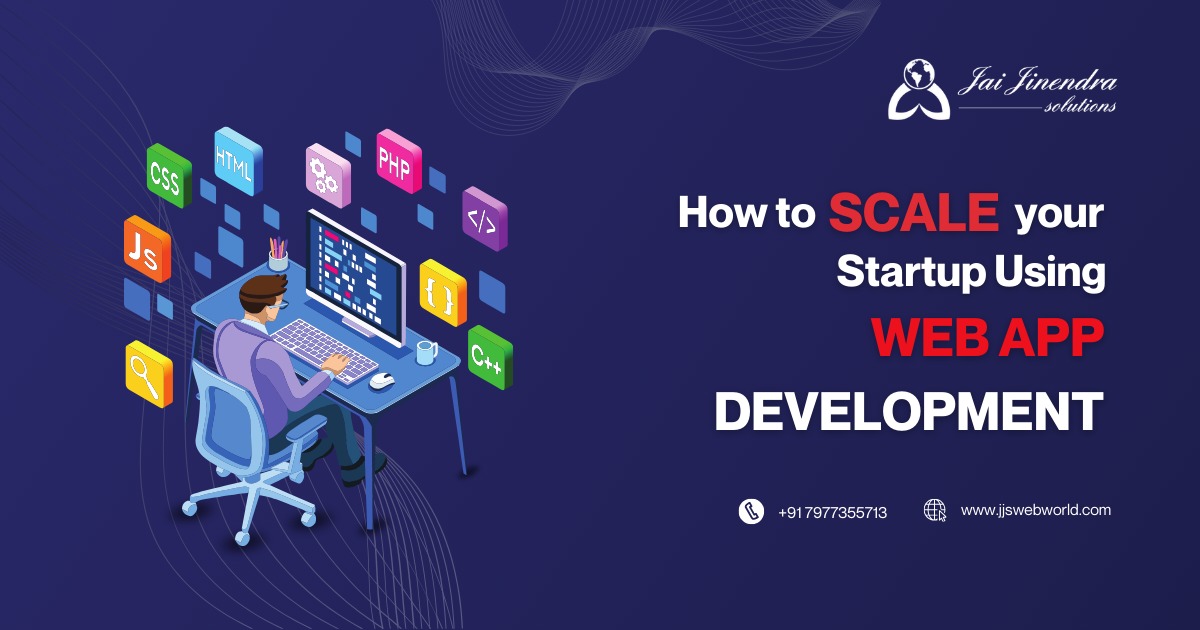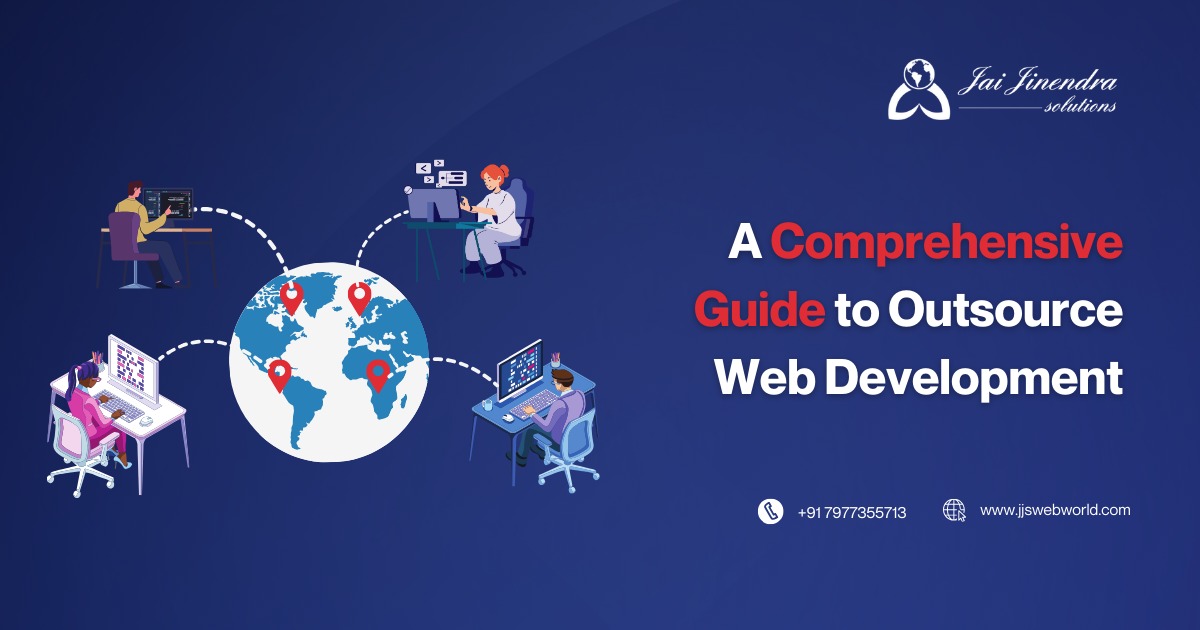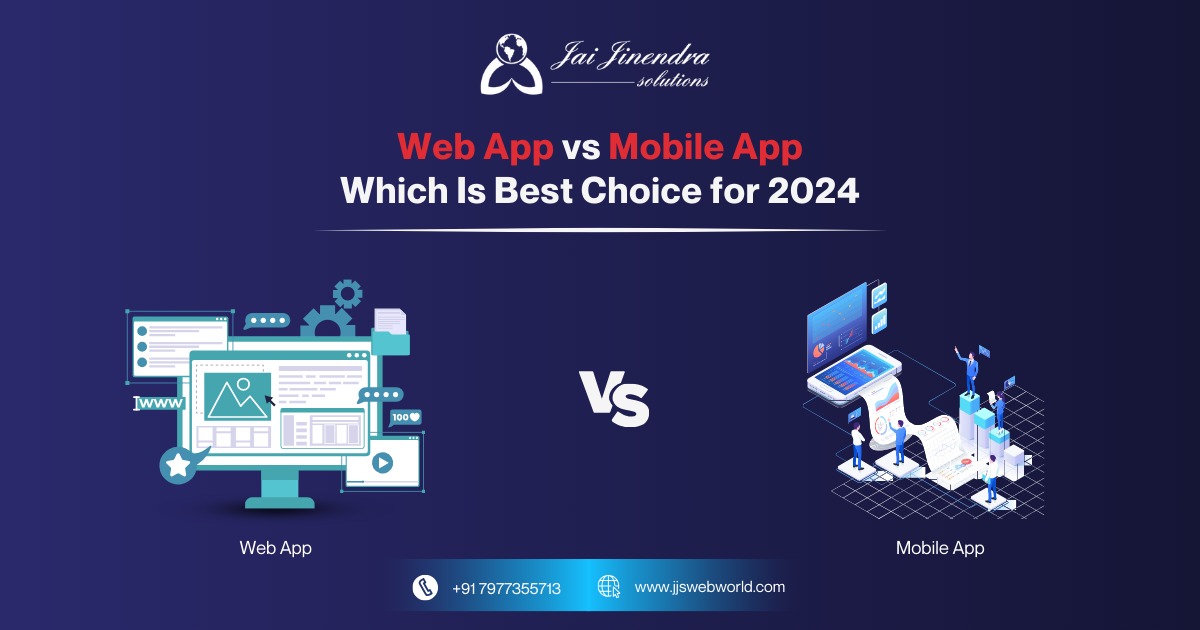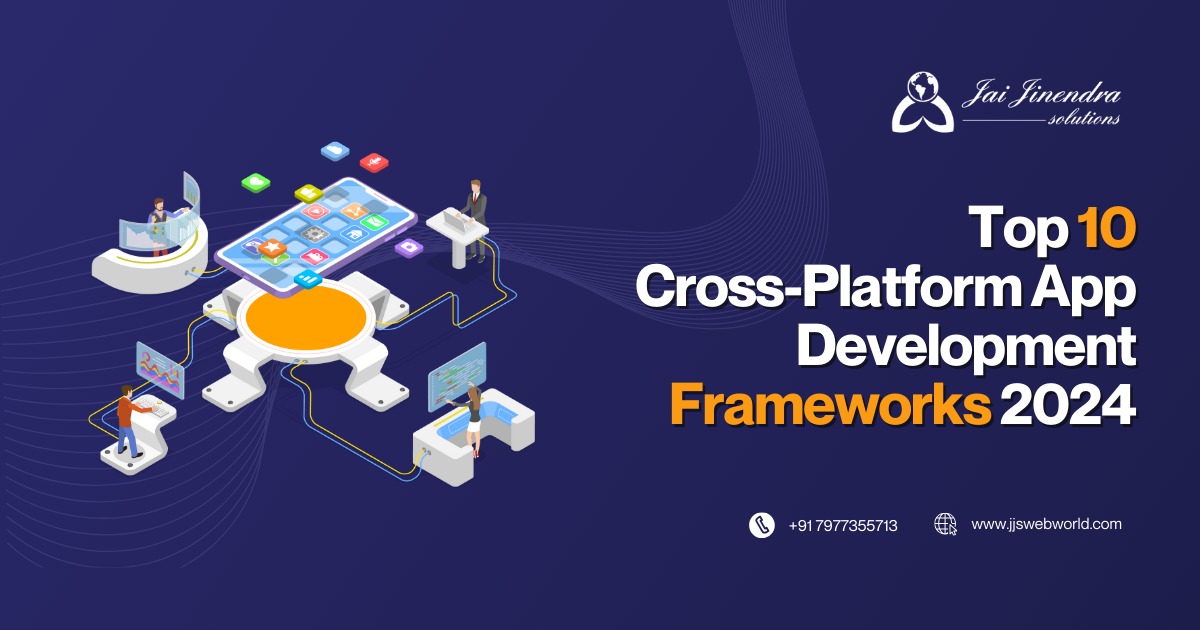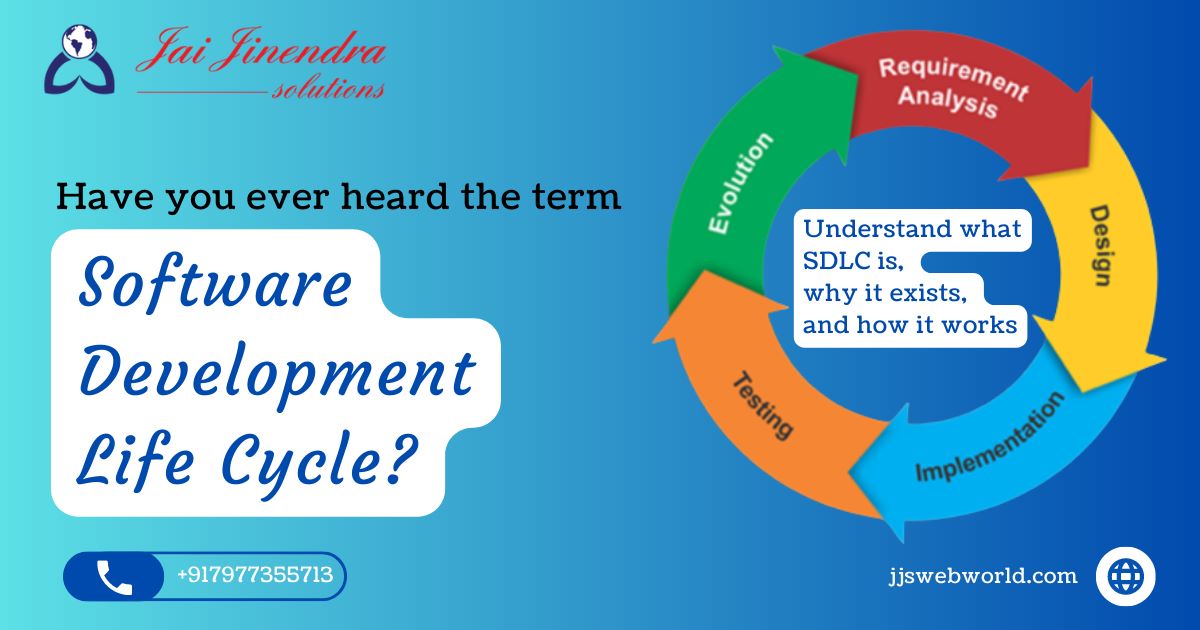- info@jjswebworld.com
- +91 7977355713
- 302, Arihant Residency Road No.2 Pushpa Park Dafftary Road , East Mumbai 400097, India
Have you ever heard the term software development life cycle?
Latest Posts
- 14 Aug 2023
- admin
Introduction
Learn more about the software development life cycle (SDLC) with JJS. Let us delve into the core concepts of this crucial process that underpins the creation of successful software solutions and web application development. As businesses and individuals increasingly rely on technology and web development solutions to meet their needs, understanding the SDLC becomes more vital than ever. In this blog, we'll explore what SDLC is, why it exists, and how it plays a pivotal role in the world of website application development.
The Stages of SDLC
Requirement Gathering and Analysis
The journey begins with identifying the specific goals and objectives of a project. Through meticulous requirement gathering, developers aim to comprehend user expectations and business needs fully. By analyzing the feasibility and scope of the project at this stage, we can lay the groundwork for a successful development process.
Design and Planning
With a clear vision in place, the Design and Planning stages involve crafting the architectural design and system specifications that will shape the final product. Creating a comprehensive project plan and addressing potential risks early on ensures a smoother web application development journey.
Implementation and Coding
Now comes the exciting part—bringing the website design solutions to life through coding. Developers adhere to coding standards and best practices to ensure high-quality and maintainable code. Version control and collaboration tools streamline teamwork and enhance efficiency.
Testing and Quality Assurance
Thorough testing is an indispensable part of the SDLC. Various testing methods, including unit, integration, and system testing, help identify and resolve any bugs or issues. The ultimate goal is to deliver a software product and the best website solutions that meet the highest quality standards.
Deployment and Release
As the software nears completion, decisions about deployment strategies, such as incremental releases or full deployment, are made. Post-deployment, continuous monitoring and user feedback play a pivotal role in refining and enhancing the product.
Maintenance and Support
The journey doesn't end with deployment; in fact, it's just the beginning. Continuous maintenance and support ensure that the software remains up-to-date, secure, and equipped to meet evolving user needs.
SDLC Methodologies
Waterfall
The Waterfall model follows a linear and sequential approach to software development. Each stage must be completed before moving on to the next, making it ideal for projects with well-defined requirements and minimal changes.
Agile
Agile takes an iterative and incremental approach, breaking down development into smaller cycles. It allows for flexibility, adaptability to changing requirements, and frequent collaboration with stakeholders.
DevOps
DevOps emphasizes the integration of development and operations teams to improve collaboration, automation, and efficiency throughout the SDLC.
Real-world Examples of SDLC Implementation
HP Jewellers Website - hpjewellers By Nikhilesh Patel, - Web developer JJS
We recently had an experience with SDLC implementation in our website development project for a jewelry brand.
We began by talking to the brand owner about the products they sell and getting all the relevant information needed. Questions like how many pages for the website they require, what they want to showcase, and what should be highlighted.
After the initial discussion, we made a design structure and a wireframe for the website, which the client approved after some changes.
The coding began, in which we utilized multiple tools to maintain code quality and the highest standard. The content was also added to the website after the client's approval.
The website was ready, and we began testing. We found a few minor changes here and there that were implemented.
The website was then deployed to their server and officially released. For six months, we will be maintaining and supporting the internal members of HP Jewellers until they are ready to handle the website themselves.
Implementing SDLC in this project helped us make the website development process quicker and more efficient.
Tools and Resources for Effective SDLC
To ensure a successful Software Development Life Cycle (SDLC) implementation, utilizing the right tools and resources is paramount. Let's explore some of the key components that can enhance efficiency and effectiveness throughout the development process.
Project Management and Collaboration Tools
- Trello: Trello is an intuitive project management tool that utilizes boards, lists, and cards to help teams organize tasks, track progress, and collaborate seamlessly.
- Asana: Asana provides a comprehensive platform for managing projects, assigning tasks, setting deadlines, and facilitating clear communication among team members.
- Jira: Jira is an industry-standard tool that offers issue tracking, agile project management, and robust reporting capabilities, making it ideal for complex projects and large teams.
Version Control Systems
- Git: Git is a distributed version control system that allows developers to track changes, collaborate efficiently, and manage code branches effectively.
- GitHub: GitHub is a web-based platform built on Git, providing a centralized repository for code collaboration, version tracking, and code review.
SDLC Frameworks and Methodologies
- Scrum: Scrum is an Agile framework that promotes iterative and incremental development, fosters collaboration, and enables adaptability to changing requirements.
- Kanban: Kanban is another Agile approach that visualizes workflow, facilitates continuous delivery, and encourages incremental improvements.
By integrating these tools into your SDLC process, you can streamline project management, optimize team collaboration, and ensure version control, leading to a more efficient development journey.
SDLC in the Future
As technology continues to evolve, the future of SDLC holds exciting advancements that will revolutionize Website and Application Development. Here are some emerging trends and technologies to keep an eye on:
AI-Driven Development Tools
AI and machine learning are making their way into the development process. AI-driven development tools can automate coding, analyze large datasets, and assist in identifying potential issues, thereby accelerating development and reducing human error.
Low-Code/No-Code Development
With the rise of low-code and no-code platforms, the barrier to entry for software development will significantly decrease. These platforms enable individuals with minimal coding knowledge to create sophisticated applications, fostering innovation and democratizing development.
Continuous Integration and Continuous Deployment (CI/CD)
CI/CD practices will become even more prevalent, allowing for faster and more frequent releases, automated testing, and seamless integration between development and operations teams.
Blockchain in SDLC
Blockchain technology offers enhanced security, transparency, and decentralized collaboration, making it a potential game-changer in SDLC, especially for applications requiring high levels of data integrity.
AR/VR in User Experience Testing
Augmented Reality (AR) and Virtual Reality (VR) will find their way into user experience testing, allowing developers to gather valuable feedback and conduct realistic testing scenarios.
Conclusion
In conclusion, understanding the Software Development Life Cycle is crucial for building robust and successful software solutions. Whether you're developing a website, an application, or any software, embracing SDLC best practices ensures efficiency, quality, and customer satisfaction. So, go ahead and embark on your software development journey armed with the knowledge of SDLC, and witness your projects flourish into the best website solutions and web application development services!

